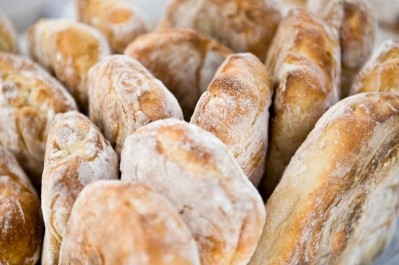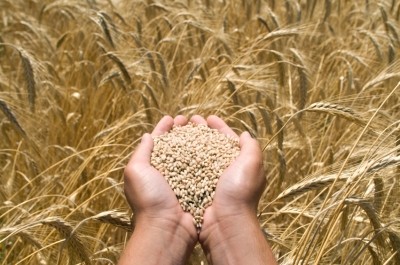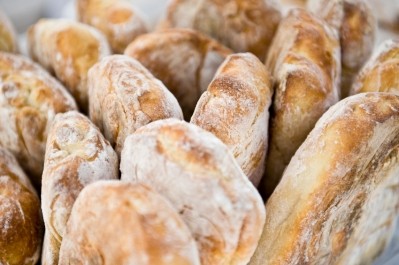Fibre may increase post heart attack life expectancy by a quarter

The findings, published in the British Medical Journal, found that after surviving a heart attack (myocardial infarction) people who ate higher levels of fibre had up to a 25% greater chance of living longer. The Boston-based study followed more than 4,000 heart attack survivors for an average of nine years, with participants grouped according to how much fibre they ate. Of the five groups, those with the highest fibre intake had 25% lower chance of dying from any cause and a 13% lower risk of dying from cardiovascular disease compared to those who ate the least amount of fibre.
The US researchers looked at three different types of fibres – cereal, fruit and vegetable – and found a higher cereal fibre intake was most strongly associated with these positive survival outcomes.The results also suggested that for every daily 10g increase in fibre intake, the risk of dying over the nine-year follow-up period decreased by 15%. This was adjusted to take further factors like age, medical history and other dietary and lifestyle habits into account.
Fighting with fibre
Commenting on the results, Victoria Taylor, senior dietician for the UK charity British Heart Foundation, said the study showed that high-fibre foods are a key part of a healthy balanced diet.
“We can’t say for sure what caused the fibre benefit seen here. But we do know that, on average, we’re not getting enough fibre in our diets,” she said.
According to the researchers, UK adults eat an average of 14g of fibre per day, 4g short of the national daily recommendation. In the US less than 5% of Americans get the minimum recommended fibre intake of 25g a day for women and 38g a day for men, they said.
Increasing chances
The study looked at data from two US studies – a study of 121,700 female nurses and a follow-up study of 51,529 male health professionals. In both cases, the participants were asked about their lifestyle habits every two years.
From this participant pool, this latest research looked at the 2,258 women and 1,840 men who experienced and survived a heart attack. After these initial studies and their first myocardial infarction, they were tracked for around nine years, during which time 682 of the women and 451 of the men died.
The researchers said that with more people surviving heart attacks, it would be increasingly important to look at what lifestyle elements improve long-term health prospects in conjunction with meditation.
"Future research on lifestyle changes post-MI should focus on a combination of lifestyle changes and how they may further reduce mortality rates beyond what is achievable by medical management alone," the team wrote.
Source: British Medical Journal
Published 29 April 2014, doi: http://dx.doi.org/10.1136/bmj.g2659
“Dietary fiber intake and mortality among survivors of myocardial infarction: prospective cohort study”
Authors: S. Li, A. Flint, J. K. Pai, J. P Forman, F. B Hu, W. C. Willett, K. M. Rexrode, K. J. Mukamal and E.B. Rimm
















